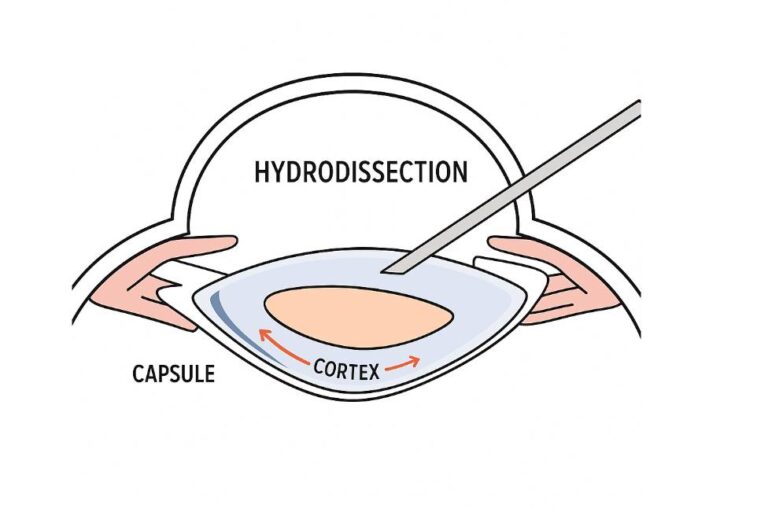Chronic back pain is a pervasive issue that affects millions of people worldwide. For many, the pain becomes a debilitating factor, impacting daily activities and overall quality of life. While conservative treatments such as physical therapy, pain medications, and lifestyle modifications are often the first line of defense, they may not provide sufficient relief for some patients. Epidural steroid injections (ESIs) have emerged as a promising treatment option for those suffering from chronic back pain that is unresponsive to conservative measures.
What Are Epidural Steroid Injections?
Epidural steroid injections are a minimally invasive procedure where a corticosteroid, a powerful anti-inflammatory medication, is injected into the epidural space of the spine. This space is located between the protective covering of the spinal cord (the dura mater) and the bony vertebrae. The primary goal of an ESI is to reduce inflammation and relieve pain by delivering the medication directly to the source of discomfort.
Common Conditions Treated with Epidural Steroid Injections
ESIs are typically used to treat chronic back pain resulting from various spinal conditions, including:
- Lumbar disc herniation: A condition where the soft, gel-like center of a spinal disc protrudes through its tough outer layer, causing pressure on the spinal nerves.
- Degenerative disc disease: The gradual deterioration of the spinal discs due to age, wear and tear, or injury, leading to inflammation and pain.
- Spinal stenosis: A narrowing of the spinal canal, which can cause compression of the spinal nerves and lead to pain, numbness, or weakness in the back and extremities.
- Spondylolisthesis: A condition where one vertebra slips forward over the one below it, causing pressure on the spinal nerves and resulting in pain.
Potential Benefits of Epidural Steroid Injections
ESIs have been shown to provide significant relief for patients suffering from chronic back pain associated with the aforementioned conditions. The benefits include:
- Targeted pain relief: By delivering the medication directly to the affected area, ESIs can provide more focused pain relief compared to oral medications.
- Reduced inflammation: Corticosteroids are potent anti-inflammatory agents, helping to alleviate pain by reducing inflammation around the spinal nerves.
- Minimal invasiveness: The procedure is performed under local anesthesia and typically takes less than 30 minutes, making it a less invasive alternative to surgery.
- Short recovery time: Most patients can resume normal activities within 24 hours of the procedure, with the full benefits of the injection typically experienced within one to two weeks.
Considerations for Patients
While epidural steroid injections can provide significant relief for many patients, it is essential to consider the following factors before undergoing the procedure:
- Temporary relief: ESIs typically provide relief for several weeks to months. However, the duration of pain relief varies among individuals, and multiple injections may be necessary for optimal results.
- Potential side effects: As with any medical procedure, there are potential side effects, including infection, bleeding, nerve damage, and allergic reactions. However, these risks are generally low when performed by a skilled healthcare professional.
- Not a cure: It is crucial to understand that ESIs are not a cure for the underlying spinal condition. They are a treatment option to manage pain and improve the quality of life while addressing the root cause of the pain through other means, such as physical therapy, exercise, or in some cases, surgery.
Conclusion
Epidural steroid injections are a promising treatment option for patients with chronic back pain who have not found relief through conservative measures.

